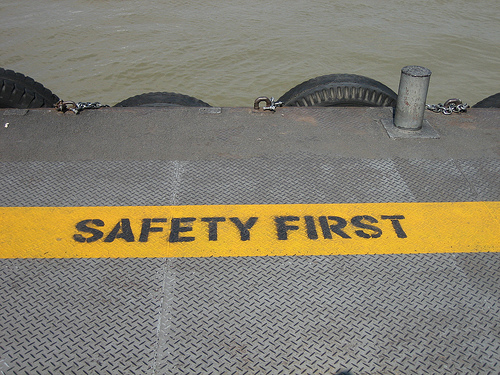
According to a recent study by eTraining, a workplace safety education firm, you may face a higher danger on your job depending on the amount of driving involved rather than the specific type of profession you hold, such as being a sheriff or hunter, for example. The good news, however, shows on the graph which states that as the OSHA budget has increased, fatalities have certainly decreased.
In the study, it shows that all combined transportation incidents, including highway incidents, aircraft incidents, and other, make up a total of 49% of all multiple fatalities in the workplace. This is compared to the 20% of incidents that happen from fires and explosions, 17% from homicides and 13% of other uncategorized accidents.
And which states rate as the highest of this 2010 study? Texas tops the chart with the most workplace fatalities with a total of 456, California is next with 302, Pennsylvania is third with 219 and Florida in fourth with 215.
It’s important to remember, though, that falls are still the highest occurring incident in the construction industry, with electrocutions, being struck by an object, and caught-in/between as shown in the “Fatal Four” chart. According to eTraining, eliminating all of these four most common categories in construction would save 431 workers’ lives in America every year.
At the end of the page it shows 2011’s most frequently violated OSHA standards. Follow this link to view the study: http://etraintoday.com/wp-content/uploads/2012/07/Workplace-Fatality-Data1.jpg.
To inquire about safety consultation or training for your staff, call us at 407-353-8165 or email us at info@transportins.net.

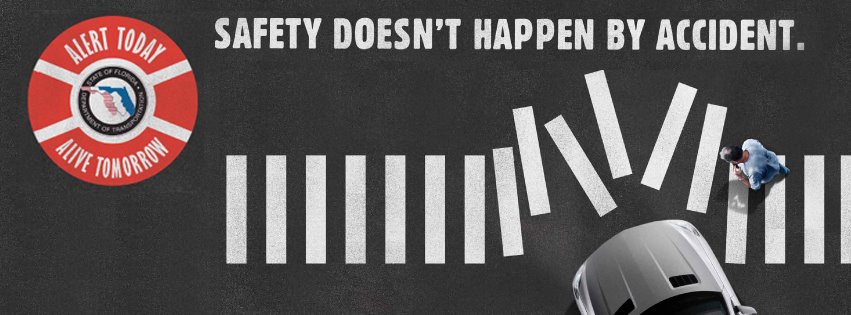



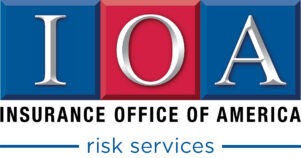

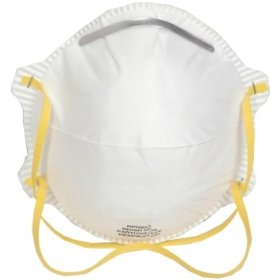
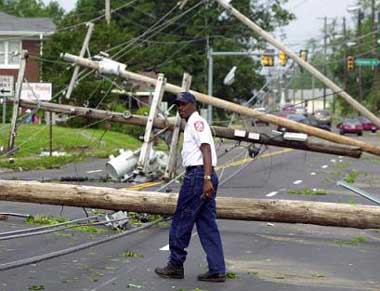
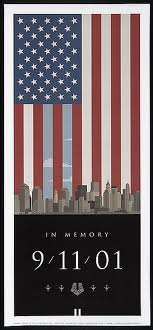
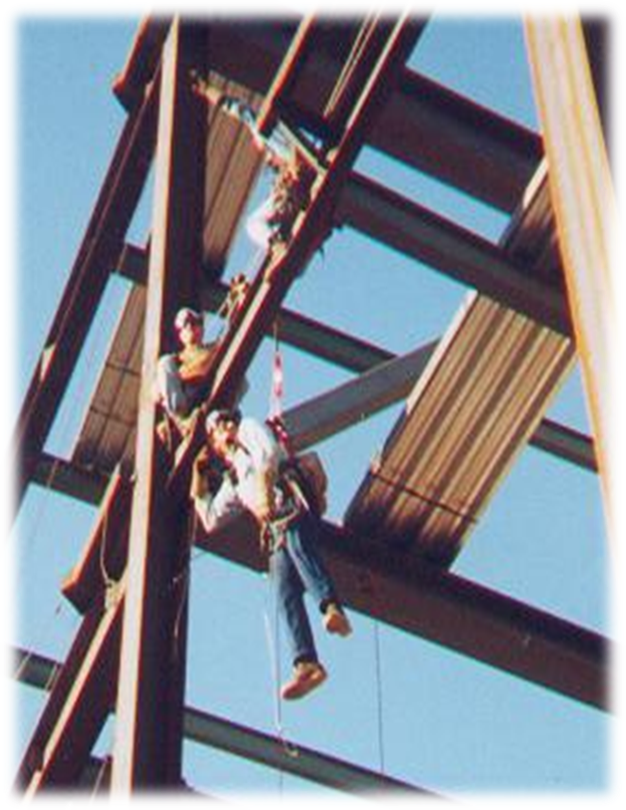


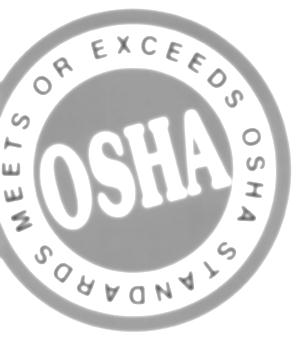
 OSHA’s Severe Violator Enforcement Program (SVEP), which lists companies and organizations as employers who demonstrate indifference to OSHA regulations, has published criteria that will allow them to be removed from the list. This criteria was issued on August 16 and the employer on it may be considered for removal after the following:
OSHA’s Severe Violator Enforcement Program (SVEP), which lists companies and organizations as employers who demonstrate indifference to OSHA regulations, has published criteria that will allow them to be removed from the list. This criteria was issued on August 16 and the employer on it may be considered for removal after the following: